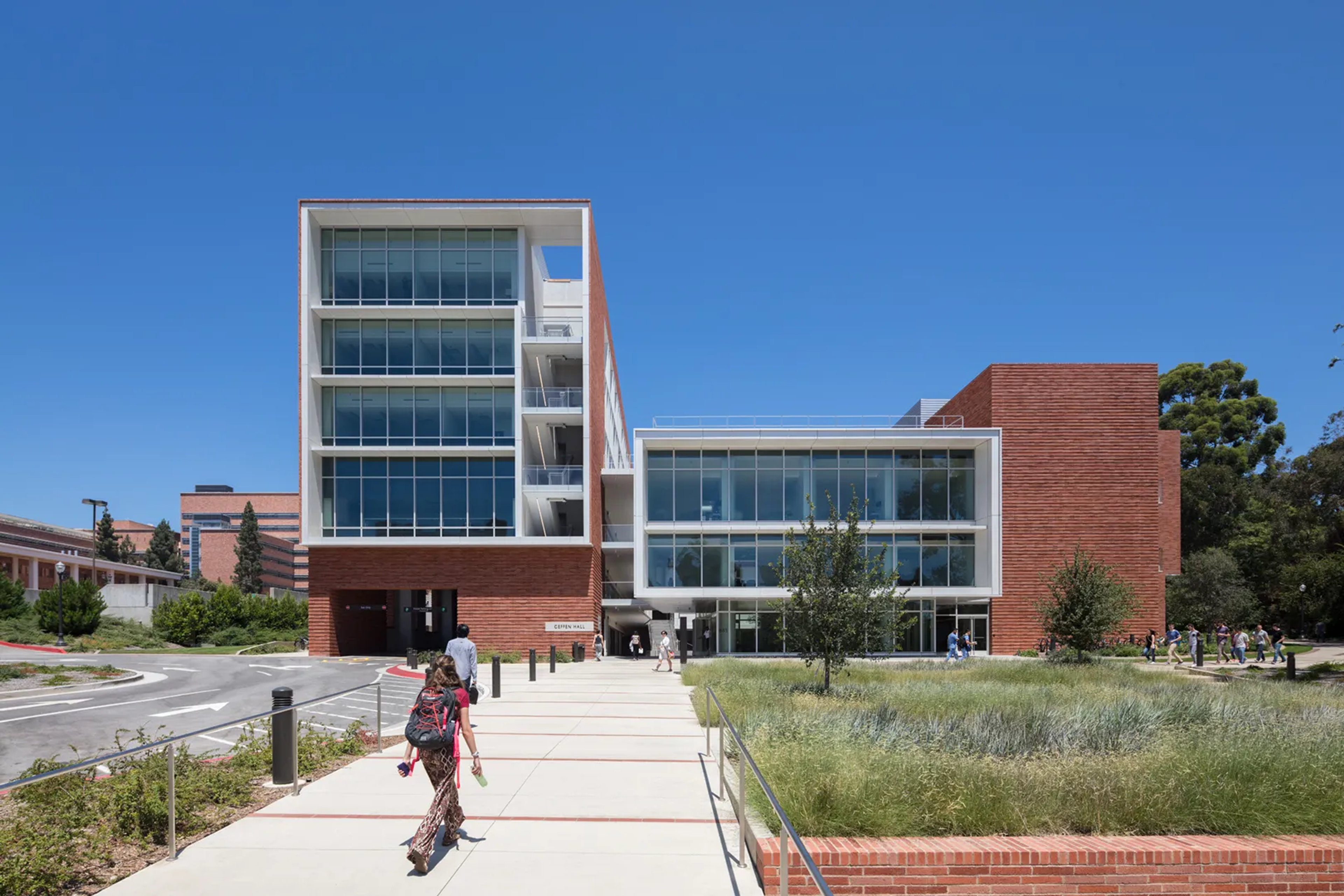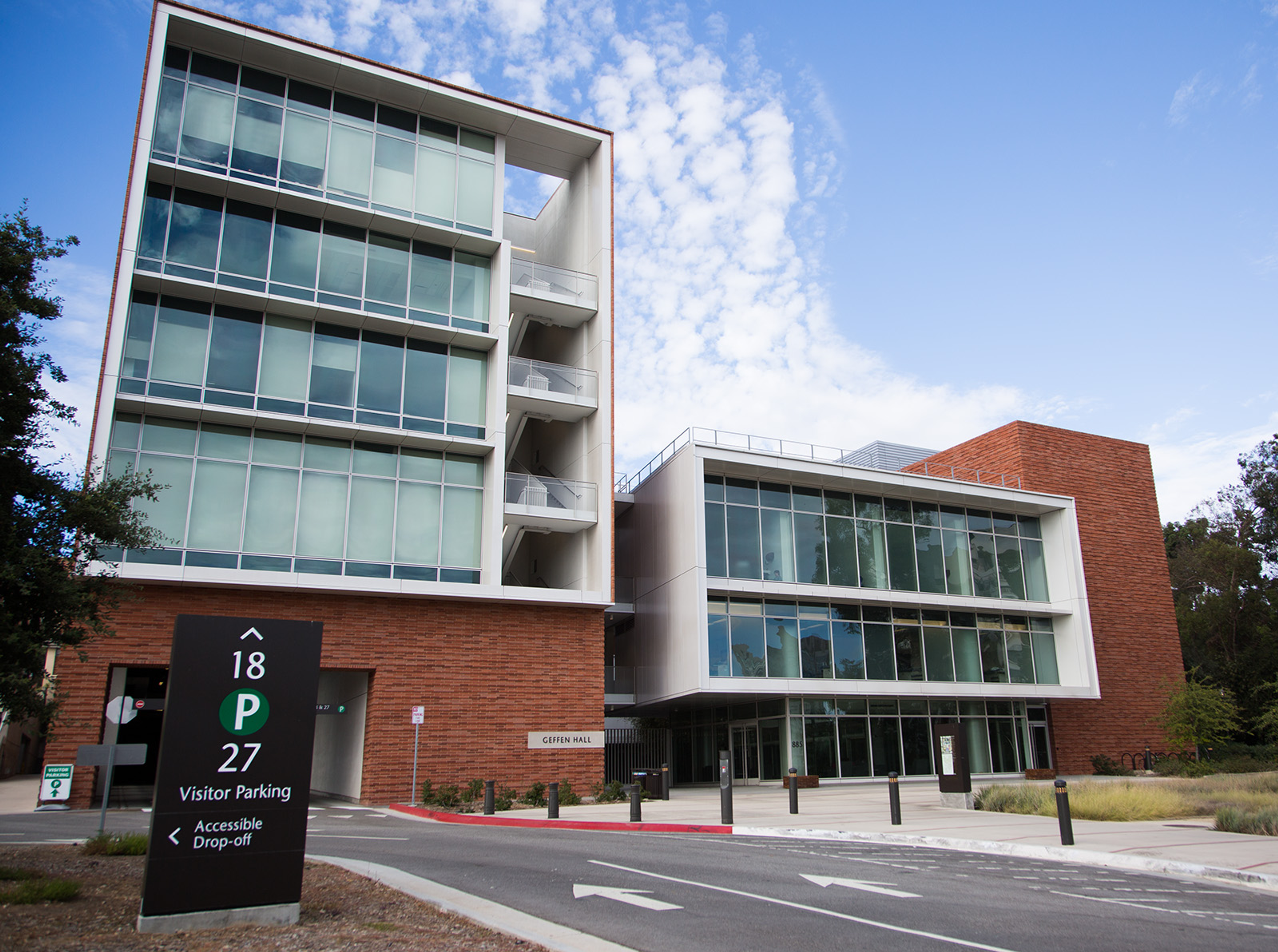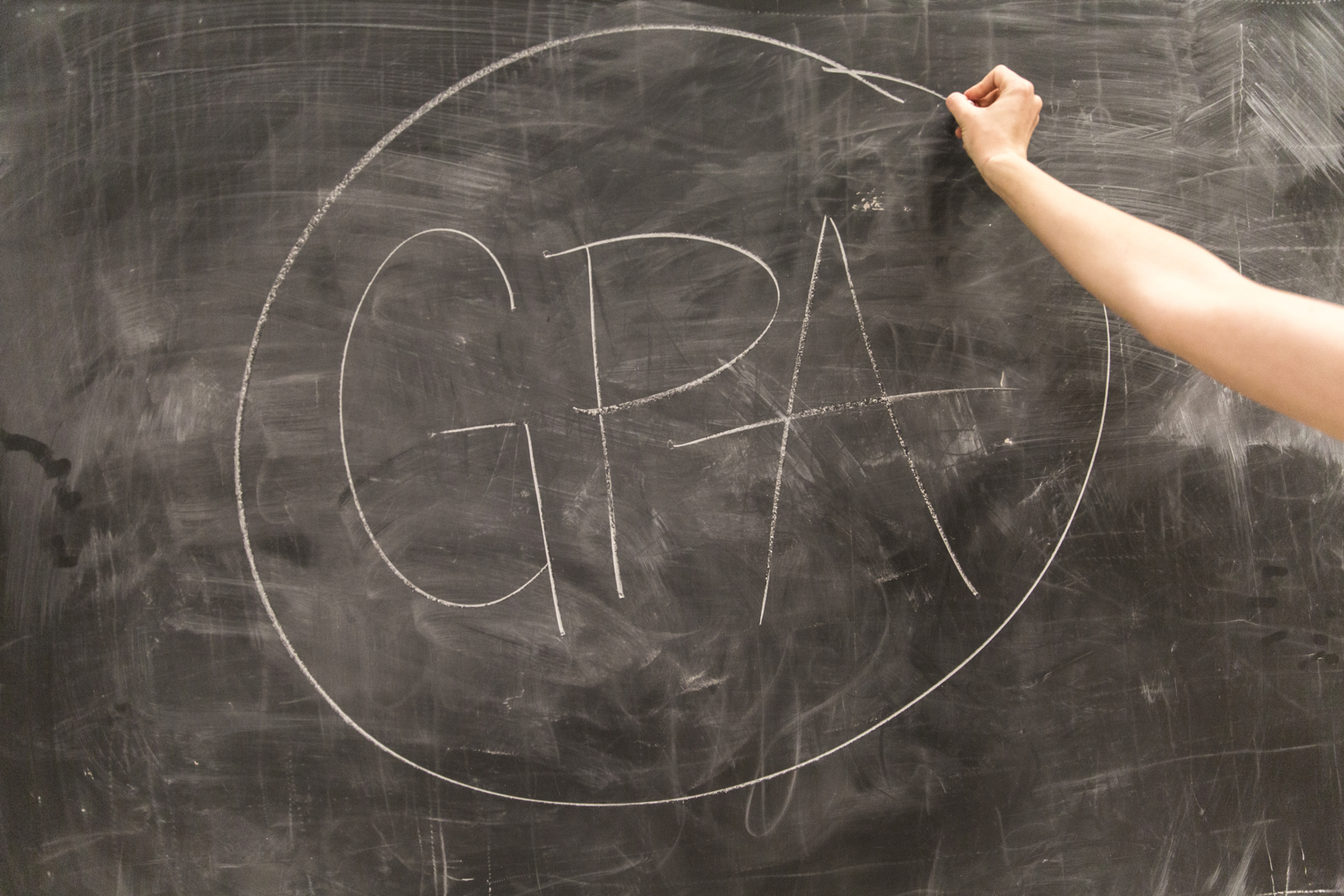UCLA Medical School: Tuition & Fees Breakdown
Discover the comprehensive breakdown of UCLA Medical School's tuition and fees in this informative article.
Posted July 28, 2025

Table of Contents
Free Event

Featuring Pravesh S.
Secondary Essays Decoded: Your Blueprint for Writing Success
Starting Tuesday, September 9
7:00 PM UTC · 60 minutes

Featuring Pravesh S.
Attending medical school is a significant investment in your future. The decision to pursue a medical degree is not to be taken lightly, as it often comes with a hefty price tag. If you are considering UCLA Medical School as your educational destination, it's essential to have a clear understanding of the tuition and fees breakdown. In this article, we will delve into the cost analysis, financial planning, and scholarship and aid opportunities that UCLA Medical School offers.

UCLA Medical School Tuition Cost Analysis (2025-2026)
Before embarking on your medical education journey at UCLA Medical School, it's essential to have a clear understanding of the financial commitment involved. Tuition and fees vary depending on whether you are a California resident or an out-of-state student. For the 2025-2026 academic year, the estimated cost of attendance for in-state first-year students is $97,916, while out-of-state students will need to pay an additional $12,245 in Nonresident Supplemental Tuition.
2025-2026 Tuition Breakdown
For first-year students attending UCLA Medical School:
| Category | In-State Students | Out-of-State Students |
|---|---|---|
| Tuition & Fees | $52,763 | $52,763 |
| Room & Board | $29,220 | $29,220 |
| Books & Supplies | $5,159 | $5,159 |
| Transportation | $5,260 | $5,260 |
| Miscellaneous Expenses | $4,470 | $4,470 |
| Total Estimated Cost | $97,916 | $110,161 |
Note: For out-of-state students, an additional $12,245 in Nonresident Supplemental Tuition is added to the total.
Additional Expenses
Beyond tuition, students should consider other expenses that contribute to their total cost of attendance. These include housing, meals, and transportation, all of which can be higher in Los Angeles due to the city's high cost of living.
Housing and Meals
The estimated costs for housing and meals in the first year are $29,220. Students should plan accordingly to ensure they can afford suitable housing options, whether on-campus or off-campus. UCLA also offers students the flexibility to choose between university-managed housing or rental units near campus.
Books and Study Materials
Medical textbooks and study materials are another significant expense. The first-year costs for books and supplies are estimated at $5,159, which includes the purchase of textbooks, reference materials, and required software tools. In subsequent years, the costs for books and supplies decrease but still represent an ongoing expense.
Transportation
Transportation costs for the first year are estimated at $5,260. Students have several options for getting around, from using public transportation (LA Metro, buses, etc.) to driving their own vehicles. Students should account for additional costs like gas, parking, and vehicle maintenance if they plan to drive.
Miscellaneous Expenses
Students should also budget for personal expenses, which include items like clothing, personal care, entertainment, and healthcare costs. The estimated amount for miscellaneous expenses in the first year is $4,470.
Tuition and Fees Breakdown by Year
For each subsequent year, the tuition and fees follow a similar structure, with slight adjustments. The typical breakdown for the following years looks as follows:
- 2nd Year: Tuition & Fees: $52,763
- 3rd Year: Tuition & Fees: $52,763
- 4th Year: Tuition & Fees: $52,763 (with a mandatory summer semester as part of the HEALs curriculum for the 2024-2025 academic year).
Financial Aid and Scholarships
UCLA Medical School understands the financial burden of medical education and offers a variety of financial aid resources to assist students. The school provides scholarships, grants, and loans to help reduce the cost of attendance.
Prospective students are encouraged to complete the Free Application for Federal Student Aid (FAFSA) to determine eligibility for federal aid, as well as apply for institutional scholarships and external scholarships.
For students facing additional financial challenges, UCLA’s Financial Aid Office can help with budgeting assistance and cost-of-living adjustments, including special allowances for childcare, medical expenses, and long-distance travel for clinical rotations.
Cost of Attendance Appeal
In some cases, students may face expenses that exceed the outlined costs. UCLA Medical School offers an Appeal: Budget Increase Form that allows students to request additional financial aid for certain situations, such as increased childcare costs or travel expenses for away rotations.
Establish California Residency
Out-of-state students have the option to establish California residency by the end of their first year. Doing so can significantly reduce tuition costs starting in the second year, saving approximately $36,735 over the next three years.
Financial Planning for Medical School at UCLA
Attending medical school is a significant financial commitment, and developing a thoughtful financial plan is essential to managing tuition, fees, and living expenses. UCLA Medical School offers various payment options and financial resources to help students navigate this important aspect of their education.
Tuition Payment Options
UCLA Medical School provides students with two main payment options for covering their tuition and fees: paying the full amount upfront each academic year or enrolling in a payment plan.
Paying Tuition in Full
Paying your tuition in full at the start of each academic year may seem daunting, but it comes with some financial benefits. By choosing this option, students can avoid interest charges or any additional fees associated with payment plans. This option is ideal for students who have the ability to pay upfront or have access to sufficient savings or external financial support.
Payment Plan Option
For students who need more flexibility, UCLA offers a payment plan that allows you to spread the cost of tuition over several months. This option can be helpful for students who are managing other financial obligations, such as rent, utilities, and living expenses. However, it’s important to note that this option may come with additional fees or interest, depending on the length of the plan and the school’s terms.
Expert Tip: Before choosing the payment plan, it’s crucial to evaluate your ability to consistently meet the monthly payment requirements. Be sure to factor in the interest rates or any associated charges, and ensure you have a reliable source of income to cover these monthly expenses.
External Financing Options
In addition to paying tuition through the school’s payment plan, many students explore external financing options, such as private loans or using personal savings. These options can help cover the cost of medical education, but it’s essential to approach them with caution.
Before committing to a private loan, take the time to compare the interest rates, repayment terms, and loan forgiveness options. Federal loans, such as Direct Unsubsidized Loans or PLUS loans, often offer better terms than private loans, including lower interest rates and income-driven repayment plans. Be sure to understand the long-term impact of taking on debt and consider how your loan payments will fit into your post-graduation financial goals.
Scholarships, Grants, and Other Financial Resources
Scholarships and grants are crucial financial resources that can help reduce the cost of tuition. UCLA Medical School offers several scholarships and grants based on academic merit, financial need, and diversity. Be sure to apply for all available scholarships during the admissions process and explore external funding opportunities from private organizations, foundations, and non-profits.
Additionally, many students qualify for loan forgiveness programs, especially if they plan to pursue careers in primary care or work in underserved areas. Research available loan forgiveness programs early to understand eligibility requirements and how they can impact your repayment strategy.
Financial Literacy and Support Services
UCLA Medical School is committed to supporting students through the financial aspects of medical education. To assist students in making informed financial decisions, UCLA offers a range of financial literacy resources. These resources can help students:
- Develop a realistic budget for medical school expenses
- Understand how to manage student debt and minimize borrowing
- Build and maintain good credit for future financial stability
- Navigate the complexities of student loans, including repayment options and loan forgiveness
Planning for Your Financial Future
Financial planning is a crucial part of the medical school experience. By being proactive about your tuition payments, exploring external financing options, and utilizing UCLA's financial aid resources, you can set yourself up for a successful and financially sustainable medical education.
Start by creating a comprehensive financial plan that includes tuition, living expenses, transportation, textbooks, and personal costs. With careful planning and access to UCLA’s resources, students can navigate the financial challenges of medical school and focus on achieving their academic and professional goals.
5 Expert Tips for Managing Your Finances at UCLA Medical School
1. Maximize Scholarship and Grant Opportunities
Before resorting to loans, focus on scholarships and grants. Medical schools, including UCLA, often offer merit-based and need-based scholarships that can significantly reduce your tuition burden. Take advantage of both institutional scholarships and external funding from organizations, nonprofits, or medical foundations. Start early, and ensure your application includes all the required documentation for these opportunities. UCLA, for example, evaluates applicants' academic performance and financial need for scholarship eligibility.
Pro Tip: Be proactive by applying to a wide range of scholarships, including those specific to your background, career interests, or diversity status. Many awards go unclaimed simply because applicants don't know about them.
2. Utilize Federal Student Loans First
Federal student loans, such as Direct Unsubsidized Loans and PLUS Loans, often offer more favorable terms than private loans, including lower interest rates, income-driven repayment plans, and eligibility for loan forgiveness programs. In addition, federal loans do not require a credit check, unlike private loans.
Pro Tip: If you're eligible, use Federal Direct Unsubsidized Loans before looking into private loans. They provide access to flexible repayment options and potential debt forgiveness under certain conditions (e.g., Public Service Loan Forgiveness, income-driven repayment).
3. Take Advantage of UCLA’s Cost of Attendance Appeal Process
UCLA offers a budget increase appeal for students who face unexpected financial challenges during the academic year. This allows students to request additional funds for expenses like childcare, medical/dental costs, or travel for clinical rotations.
Pro Tip: If your expenses exceed the school’s estimated cost of attendance, don’t hesitate to use the “Appeal: Budget Increase Form” available through the Bruin Financial Aid Portal. Ensure you submit detailed receipts and documentation to strengthen your case.
4. Plan Your Living Situation Strategically
Living in Los Angeles can be expensive, so it’s essential to plan housing costs carefully. UCLA offers an off-campus housing allowance within the financial aid package, but the location and type of housing can dramatically affect your budget. Sharing an apartment with roommates or choosing housing farther from campus can lower rent and utility costs.
Pro Tip: Look for housing one or two miles away from campus to save on rent, or consider shared living options that reduce overall living costs while still being close enough to campus for convenience.
5. Focus on Long-Term Financial Health Through Financial Literacy
Medical school is a significant financial commitment, and it’s essential to be financially literate to make informed decisions. UCLA offers financial counseling services that help students with budgeting, managing debt, and understanding long-term financial impacts. In addition, understanding interest rates, loan terms, and repayment strategies is crucial to managing medical school debt effectively.
Pro Tip: Regularly meet with UCLA's Financial Aid Advisors to discuss your financial situation, review your loan repayment plans, and ensure you are using the most efficient strategies to manage medical school expenses without accumulating excessive debt.
The Bottom Line
Attending UCLA Medical School is a significant financial commitment, but the school's exceptional education, world-class resources, and financial aid opportunities make it a worthwhile investment. The estimated total cost of attendance for the 2025-2026 academic year is $106,795 for in-state students, including tuition, fees, and living expenses. UCLA offers various financial aid options, including scholarships, federal loans, and work-study opportunities, helping ease the financial burden. By utilizing resources like the Cost of Attendance Appeal Process and focusing on financial literacy, you can effectively manage your finances and focus on your education.
Prepared to Submit Your Application to UCLA Medical School?
Pursuing a medical education at UCLA is a rewarding path that requires careful planning and dedication. Schedule a free consultation today to get personalized advice on your application strategy and to strengthen your chances of acceptance into this prestigious institution. Let’s take the next step together!
Read these next:
- Medical School Student Loans: Types & Alternatives
- Medical School Requirements: What You Need to Get In
- Medical School Student Loans: Types & Alternatives
- How Long is Medical School – A Year-by-Year Breakdown
- Is Med School Worth It? Weighing the Pros and Cons
- 6, 7 and 8-Year Accelerated BS/MD Programs
FAQs
How much does it cost to go to UCLA medical school for 4 years?
- The estimated total cost of attendance for four years at UCLA's David Geffen School of Medicine is approximately $427,180. This estimate includes tuition, fees, living expenses, books, and supplies. Costs can vary based on individual circumstances and lifestyle choices.
How much does it cost to become a doctor at UCLA?
- Becoming a doctor at UCLA involves the same costs as attending medical school there. The total estimated cost for four years is around $427,180, covering tuition, fees, living expenses, and other associated costs. Financial aid and scholarships may help offset these expenses.
What is the average MCAT score for UCLA?
- The average MCAT score for admitted students to UCLA's David Geffen School of Medicine is approximately 514. This score reflects the competitive nature of the admissions process at one of the top medical schools in the U.S.
How much does medical school cost for 4 years?
- The average total cost of attending medical school in the United States for four years is approximately $278,455 at private institutions and $207,866 at public institutions. These figures include tuition, fees, and other associated costs. Costs can vary significantly depending on the institution and individual circumstances.











